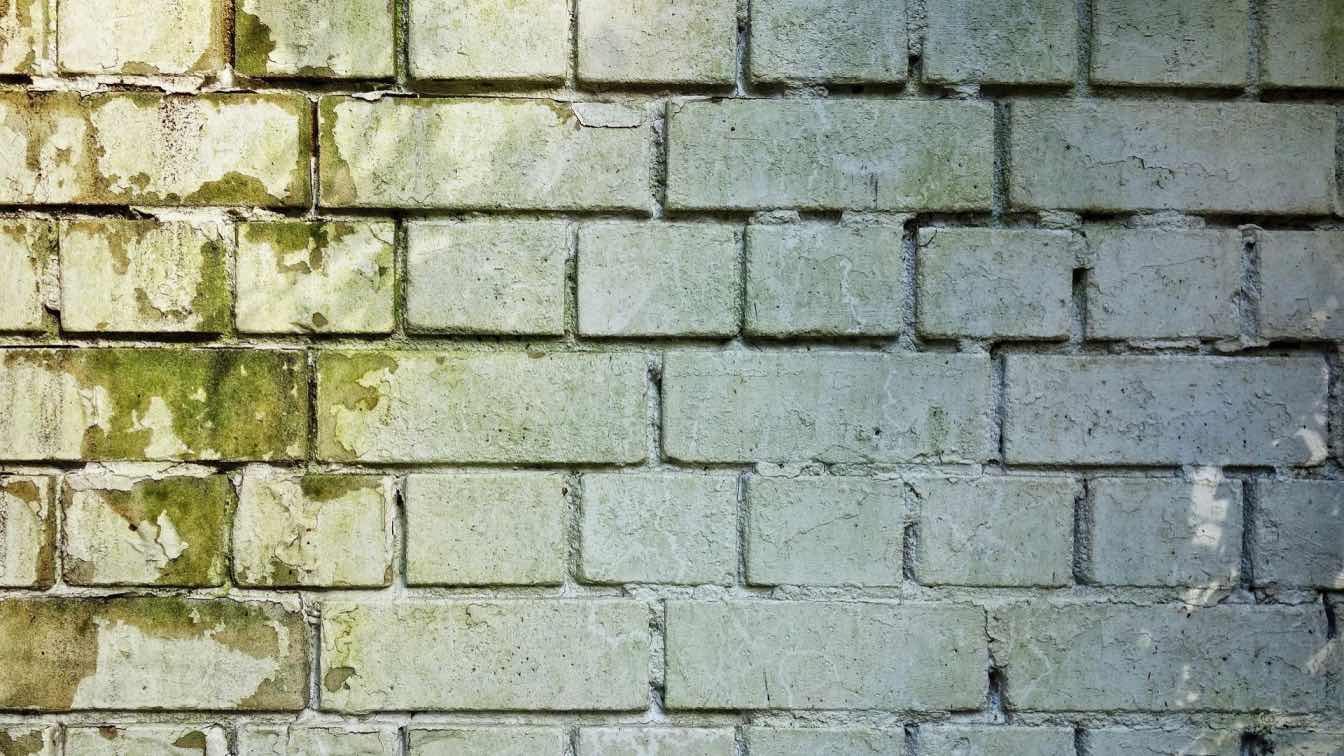Moisture problems in building projects can lead to severe structural damage, mold growth, and compromised indoor air quality. Without proper dehumidification, excess moisture can weaken building materials, causing long-term issues that are costly and difficult to fix. Whether it's a new construction site, a renovation project, or a commercial building, managing humidity levels is essential for maintaining a safe and durable structure.
Dehumidification plays a crucial role in preventing water-related issues and ensuring a comfortable indoor environment. This article explores why dehumidification is a vital aspect of building projects and how it can save time, money, and effort in the long run.
Preventing Structural Damage
Excess moisture can wreak havoc on a building's structural integrity. When humidity levels remain high for prolonged periods, materials such as wood, drywall, and concrete absorb moisture, leading to swelling, warping, and eventual deterioration. This can cause floors to buckle, walls to weaken, and ceilings to sag, resulting in expensive repairs. By incorporating a commercial dehumidifier into building projects, contractors can maintain optimal moisture levels, preserving the strength and stability of construction materials. A controlled humidity environment also prevents condensation, which can corrode metal fixtures and further weaken the structure.
Combating Mold and Mildew Growth
One of the most common and hazardous effects of excess moisture is the growth of mold and mildew. These fungi thrive in damp conditions and can quickly spread throughout a building, creating health risks for occupants. Mold spores can trigger allergies, respiratory issues, and other serious health concerns. In construction projects, mold can develop behind walls, under flooring, and in ceilings, making it difficult to detect and remove. Dehumidifiers help keep humidity levels in check, reducing the risk of mold growth before it becomes a major problem. This proactive approach not only protects the building but also ensures a healthier indoor environment for future occupants.
Enhancing Energy Efficiency
Uncontrolled humidity can make a building's heating, ventilation, and air conditioning (HVAC) system work harder than necessary. High moisture levels increase the demand for cooling systems in warm climates and cause heating systems to operate inefficiently in colder conditions. Dehumidification helps regulate indoor humidity, reducing strain on HVAC systems and lowering energy consumption. By maintaining the right humidity levels, building owners can significantly cut down on energy costs while extending the lifespan of their HVAC equipment. This added efficiency is especially important in commercial and industrial buildings, where energy expenses can be substantial.
Protecting Interior Finishes and Equipment
Moisture can have a detrimental impact on a building's interior finishes, including paint, wallpaper, flooring, and furnishings. In a high-humidity environment, the paint may peel, wallpaper can bubble, and wooden floors may warp, leading to unsightly and costly damages. Moisture can affect sensitive equipment such as electronics, machinery, and office appliances, reducing their performance and lifespan. By implementing dehumidification systems, builders can protect interior elements and ensure that the completed project remains in pristine condition. This is particularly crucial for spaces like museums, libraries, and laboratories, where humidity-sensitive materials require precise environmental control.
Speeding Up Construction Timelines
Excess moisture can slow down construction projects by delaying critical processes such as paint drying, adhesive bonding, and concrete curing. High humidity levels can prevent materials from setting properly, leading to weak bonds and increased project timelines. By using dehumidifiers, contractors can create an optimal drying environment, allowing materials to cure faster and ensuring that deadlines are met without compromising quality. This efficiency helps construction teams stay on schedule and avoid costly delays caused by moisture-related setbacks.
Long-Term Cost Savings
Investing in dehumidification during a building project can result in significant long-term cost savings. Moisture-related issues such as mold remediation, structural repairs, and HVAC inefficiencies can be expensive to address once a building is occupied. By proactively controlling humidity levels during construction, builders and property owners can prevent these problems from arising, reducing maintenance costs over time. A well-regulated indoor environment can increase the value of a property, making it a more attractive investment for buyers and tenants. The upfront cost of dehumidification equipment is minimal compared to the potential expenses associated with unchecked moisture problems.
Dehumidification is an essential component of any building project. It ensures structural integrity, energy efficiency, and a healthier indoor environment. By preventing moisture-related damage, mold growth, and construction delays, dehumidification helps create durable and high-quality structures. Builders, contractors, and property owners must prioritize humidity control to avoid costly repairs and maintain the longevity of their projects. Investing in proper dehumidification measures not only protects the building but also contributes to a comfortable and sustainable indoor space for future occupants.





